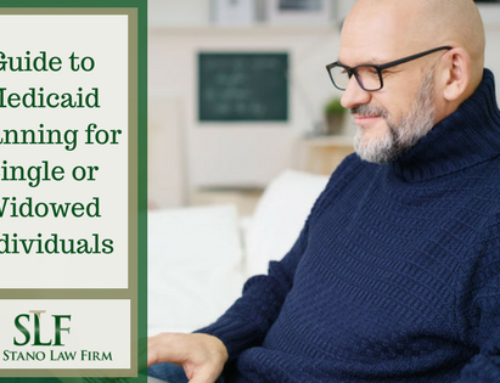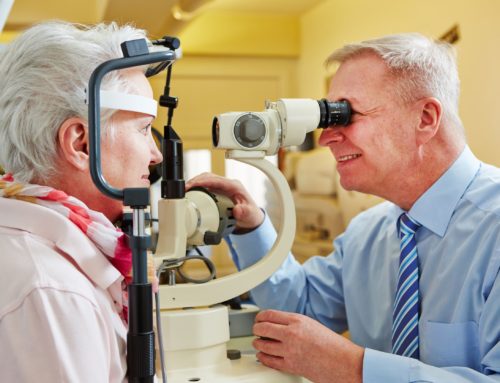Exempt assets are assets permitted by Medicaid, such as your home, a vehicle, and a limited amount of cash. Other assets above the limits set in your state are considered to be countable for qualifying for Medicaid, and must be spent down to reach the limits before Medicaid will begin to cover medical expenses. How the money is spent down properly is a confusing matter that is best handled on an individual basis by an elder law attorney experienced in Medicaid rules for your state.
For a single or widowed person, it is a pretty straight forward process. Let’s say that your loved one is widowed, has a house, one vehicle and $100,000 in savings or investments. If Medicaid is needed to pay for care, the house and car will not be taken into account in the qualification process. However, the $100,000 would have to be spent down to $2,000 before Medicaid would begin paying for medical expenses.
For couples, the process is a little more confusing. The Spousal Impoverishment Act was passed by Congress in 1988. This act was passed to prevent the healthy spouse from being left with no assets in order for the medically needy spouse to qualify for Medicaid. The act sets different limits for married couples, known as the Community Spouse Resource Allowance, or CSRA. In 2012, the lower limit was $22,728, while the upper limit was $113,640.
If married with assets, investing in the help of an experienced Cleveland elder law attorney is the best way to protect your loved ones assets.






